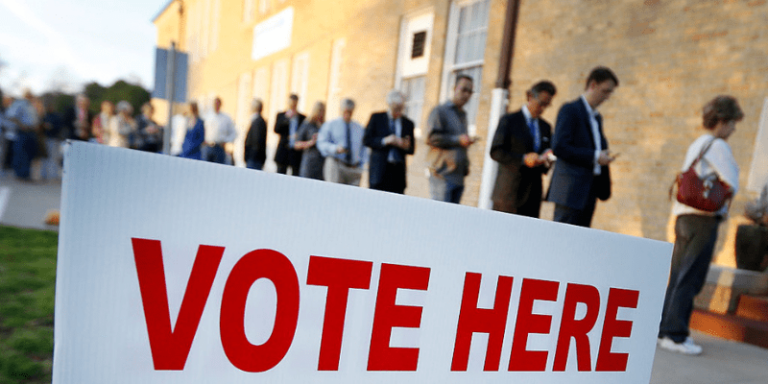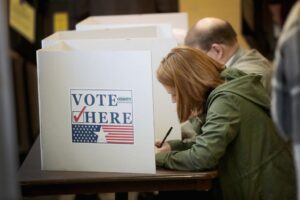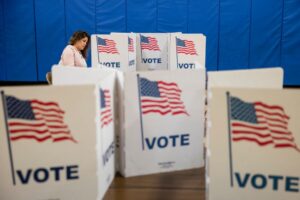How Voting Works Across America
How many ways to vote do we need?
By: Jose Backer | October 12, 2020 | 472 Words

(Photo by Ron Jenkins/Getty Images)
Voting is considered a basic right for a citizen of any representative democracy or constitutional republic, like the United States. At the national level, our system of voting is pretty universal. However, each state is allowed to define its own method of electing officials, based on their own constitutions and subject to change by state legislators.

(Photo by Scott Olson/Getty Images)
For the most part, federal and state-level elections are decided by single-winner plurality elections. Whatever candidate gets the most votes – whether it’s a true majority of over 50% or not – wins what is called a plurality. This is also called the first past the post voting system. Those who don’t like this system say that it makes many people feel that votes for third party candidates are wasted. Since the person with the most votes wins, it’s almost always going to be someone from one of the two major parties – currently, that’s either a Republican or a Democrat. Another criticism of this system on a local level is that it makes it impossible for political minorities to secure representation in hard-left or hard-right areas in states like California or Wyoming.
Under Article II of the Constitution, the President of the United States is elected by the Electoral College. Each state legislature picks electors, who then get together and vote for the president based on who won the popular vote in their states.

Photo by Samuel Corum/Getty Images)
Another method that was popular in the past and is becoming popular again is ranked choice voting. With ranked choice, voters rank the candidates in order. First-choice candidates with the least vote totals are eliminated one by one until one candidate has more than 50% of the total votes and is declared the winner. Georgia uses runoff voting for congressional party primary elections.
More recently, during the 2020 Democratic Party primaries, Alaska, Hawaii, Kansas, and Wyoming used ranked choice voting during their party primary elections but did not include a runoff process to eliminate lower-ranked candidates. In the upcoming 2020 presidential election, Maine will become the first state to use ranked choice voting in a presidential election.
Washington and California have a totally different voting systems for primaries. All candidates, regardless of political party, appear together on the ballot. The two candidates with the highest share of the votes then run against each other in the general election. This system is known as a nonpartisan blanket primary.
It is important to recognize why so many different electoral systems exist in our country. Our federalist system of government requires states to make laws based on the will of the people. What works in California might not work in Oklahoma, no matter how confusing it might get.
















